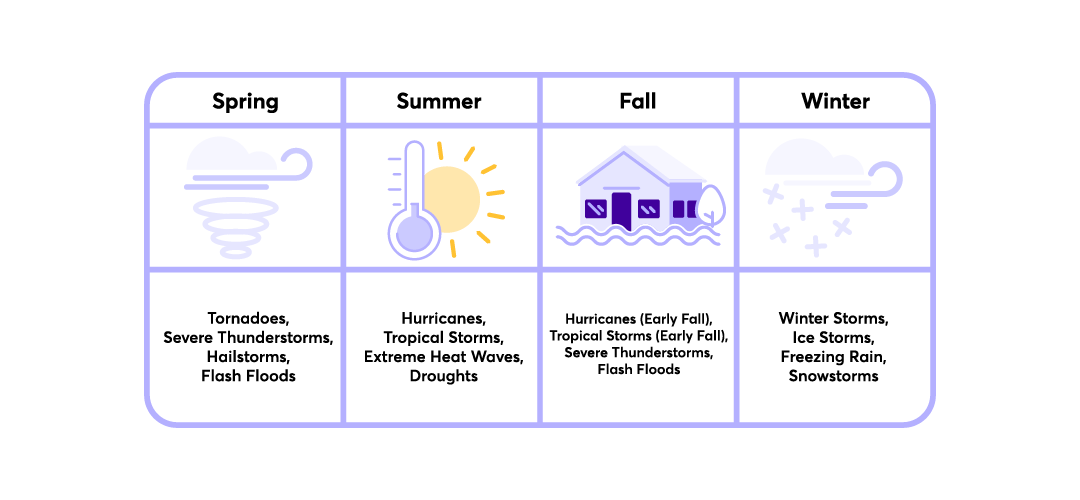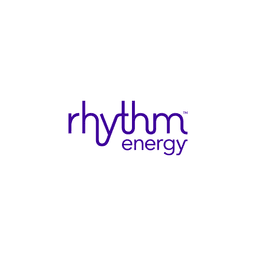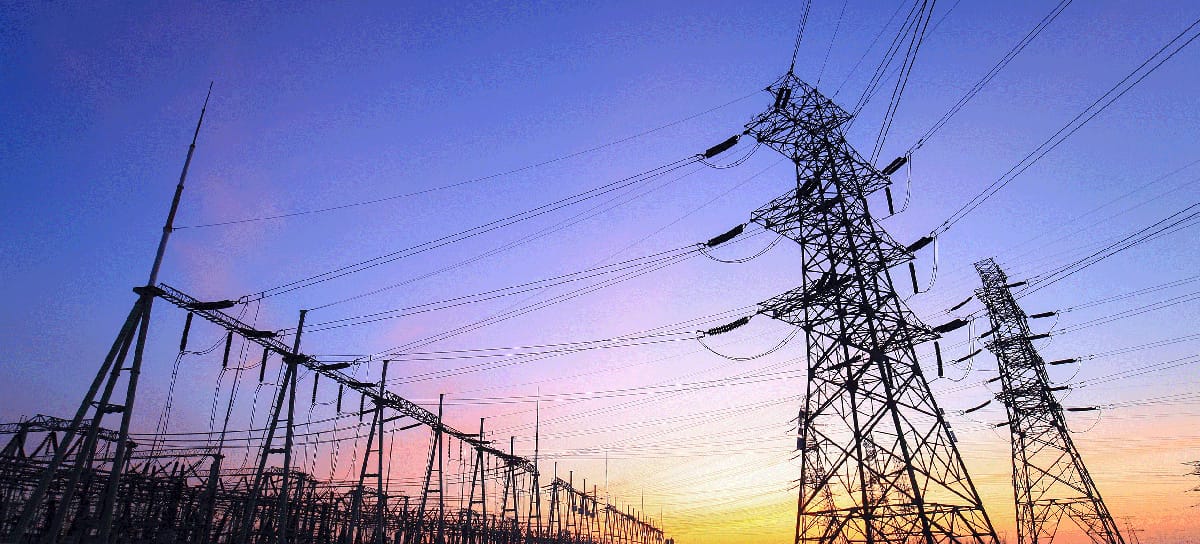Why Does Texas Have Its Own Power Grid?
Texas stands apart from the rest of the country in many ways! And its power grid is no exception. Unlike most states, Texas operates its own electrical grid, managed by the Electric Reliability Council of Texas (ERCOT). This independence dates back to historical and legal decisions that exempted Texas from federal energy regulations. But looking beyond the history – what does this mean for you as an electricity customer? Let’s break it down.
A Brief History: Why Texas Opted for Grid Independence
Our state’s grid independence goes back to 1935, when the Federal Power Act gave the federal government authority over interstate electricity sales. Texas utilities, wanting to avoid oversight, remained entirely within state borders. Over time, this led to the creation of ERCOT, which was officially formed in 1970 to manage Texas’s power supply.
What Is ERCOT, and How Does It Work?
ERCOT is the nonprofit organization that oversees about 90% of Texas’s electricity flow. It operates as a self-contained grid, separate from the Eastern and Western interconnections that serve the rest of the United States. ERCOT is responsible for managing the flow of electricity to over 26 million customers, maintaining grid reliability and balancing supply and demand, and overseeing the deregulated electricity market in much of the state.
How Texas’s Grid Independence Affects Reliability and Pricing
Texas’s decision to remain separate from the national grids brings both benefits and challenges.
Benefits
More Market Flexibility: Texas has a competitive retail electricity market, allowing customers to choose from different providers and plans that suit their needs.
Less Federal Oversight: The state makes its own energy regulations, which can lead to innovation in pricing and generation.

Challenges
Limited Backup: Because ERCOT isn’t connected to other regional grids, it has fewer options to import power during emergencies such as extreme winter storms or heat waves.
Price Volatility: Supply and demand shifts can lead to significant price fluctuations, especially during peak usage times.
What This Means for You as a Texas Electricity Customer
Texas’s unique grid structure affects how you use and pay for electricity, in several ways.
Choosing the Right Energy Plan Matters More
Because of ERCOT’s market-driven system, electricity rates can vary widely based on when and how you use power. Rhythm Energy offers time-of-use plans like PowerShift, which help you save money when you shift usage to off-peak hours.
Extreme Weather Can Impact Reliability
Winter storms and summer heat waves have tested ERCOT’s grid resilience. Being prepared with a fixed rate plan that includes bill predictability or access to renewable energy sources can help mitigate risks.

Smart Usage Can Reduce Costs
Since Texas operates on a demand-based system, shifting usage to lower-demand times can lead to savings. Smart thermostats, solar panels, and battery storage can also make a difference in managing costs.
Looking Ahead: The Future of Texas’s Grid
Texas is investing in improving grid reliability through infrastructure upgrades, battery storage expansion, and new renewable energy projects. ERCOT is also working on better forecasting and emergency planning to prevent future blackouts.
As a consumer, staying informed and choosing an energy provider that aligns with ERCOT’s unique market can make all the difference. Visit Rhythm Energy’s website to learn about our flexible plans and thoroughly transparent pricing, designed to help Texans navigate this independent energy landscape with confidence.
FAQ
Why did Texas choose to have its own power grid?
Texas utilities originally kept their power within state lines to avoid federal regulations. This decision led to the creation of an independent grid managed by ERCOT.
How does ERCOT affect my electricity rates?
Since ERCOT operates a competitive electricity market, rates fluctuate based on supply and demand. Choosing a plan with stable rates or time-of-use benefits can help manage costs.
Why can’t Texas import electricity during blackouts?
Unlike other states, Texas is not fully connected to national grids, limiting its ability to import power during emergencies. This makes local energy management and planning crucial.
How can I protect myself from Texas’s grid challenges?
Choosing an electricity provider with transparent pricing, using energy-efficient appliances, and considering backup power options like solar and battery storage can help keep your power dependable.




